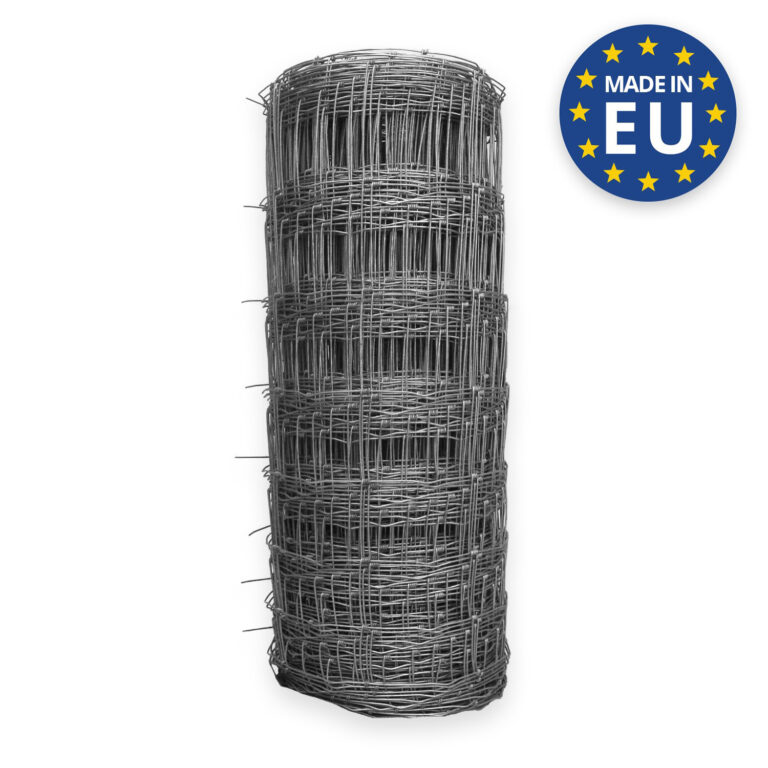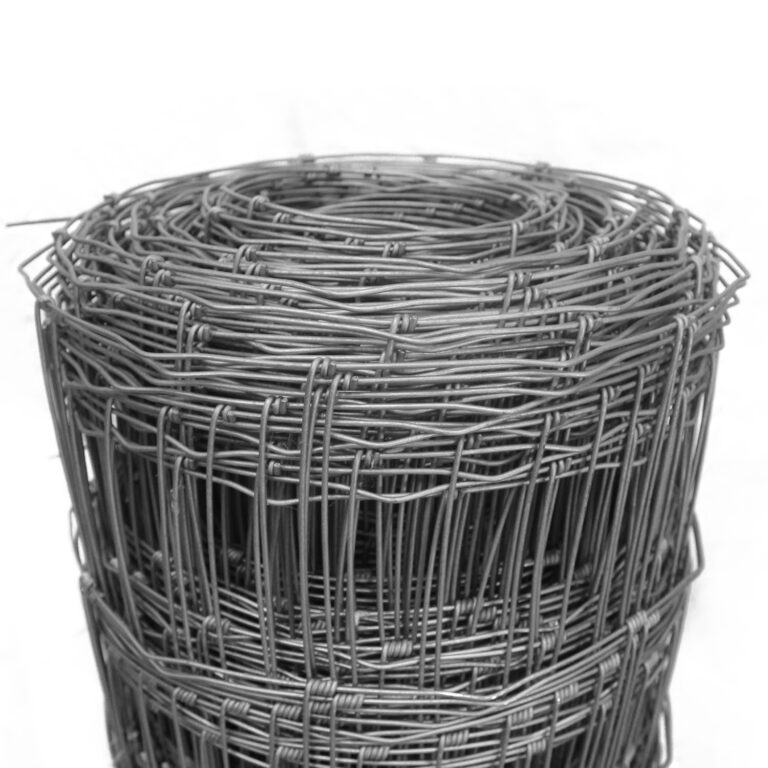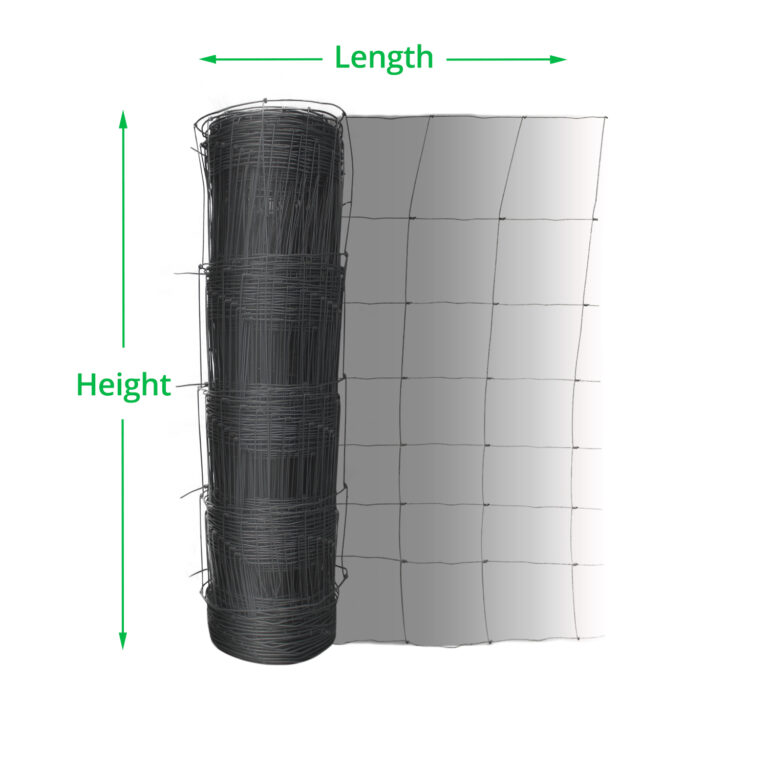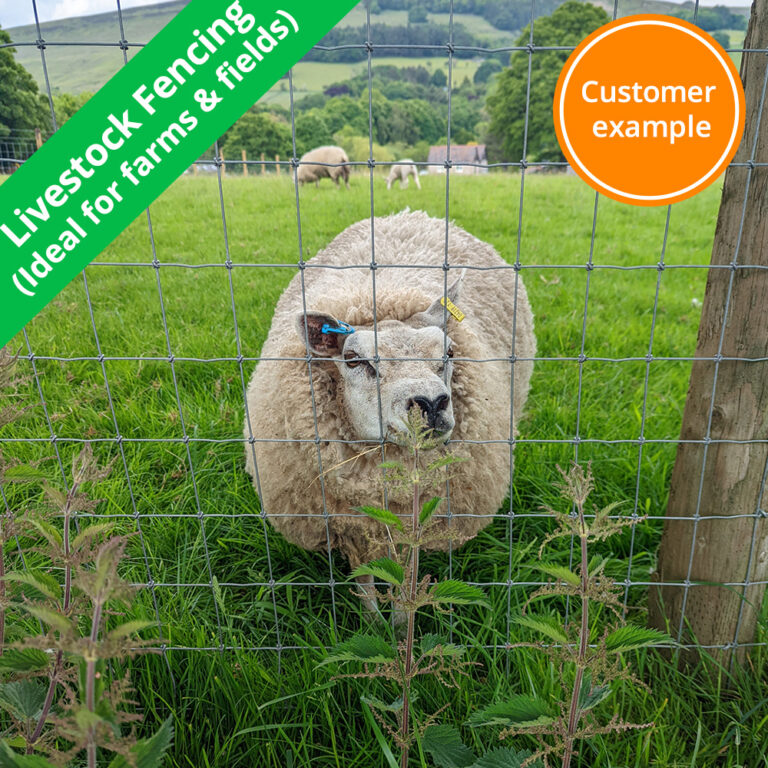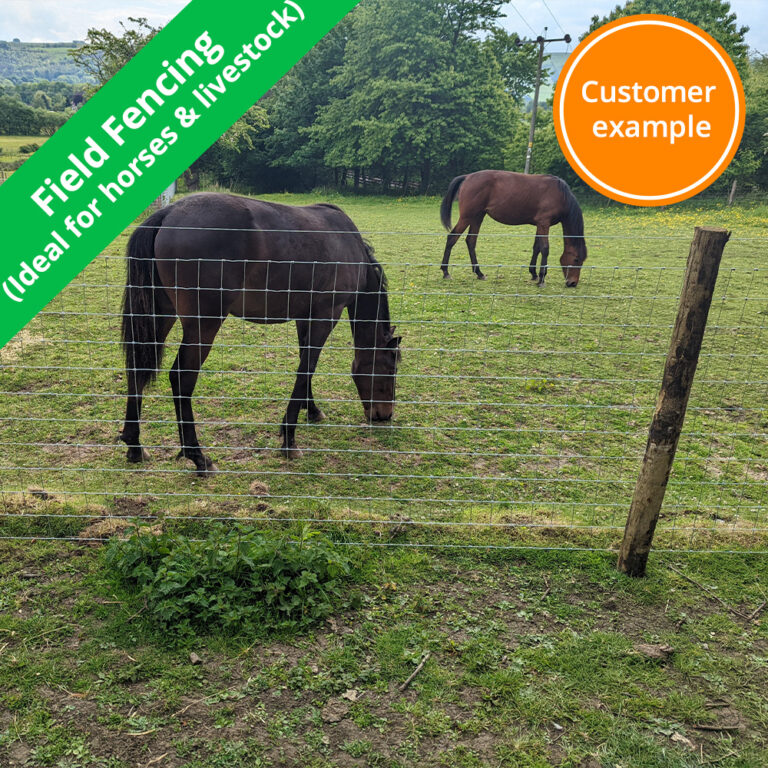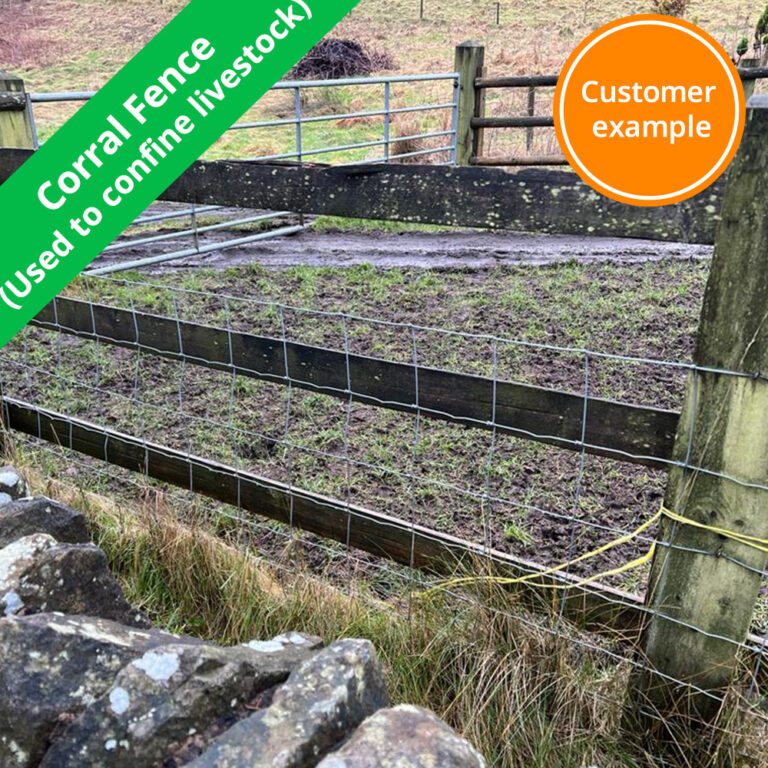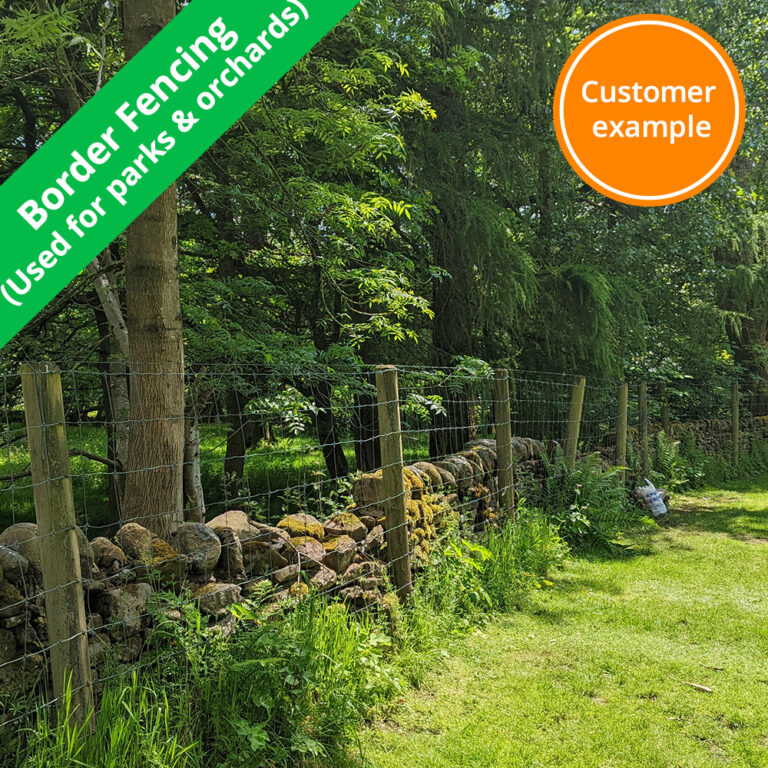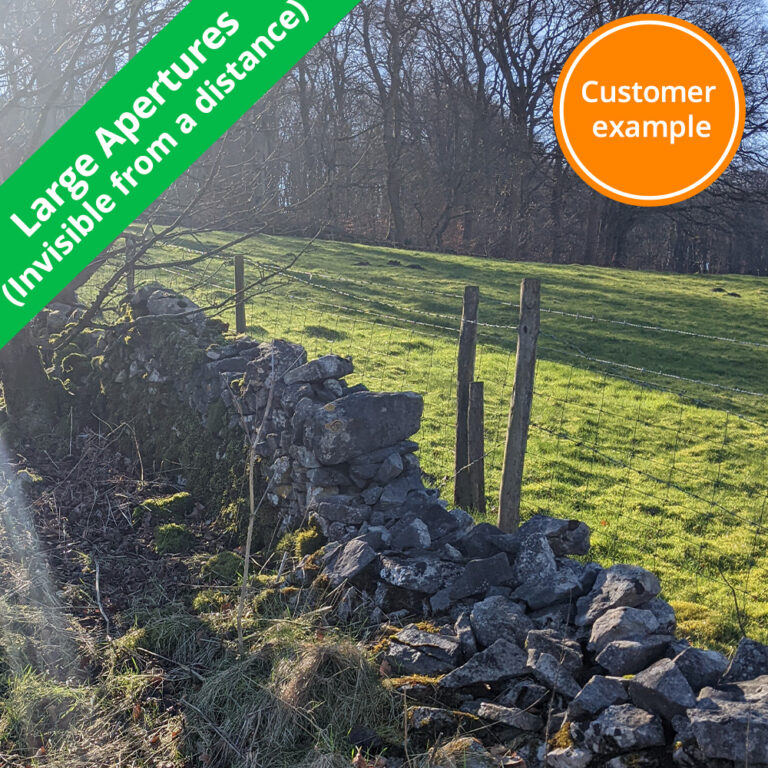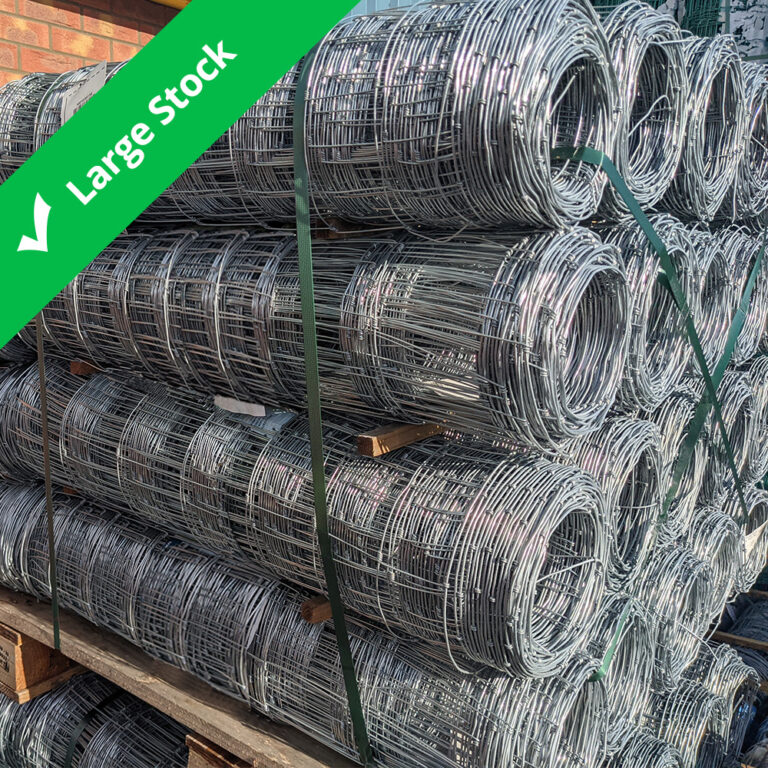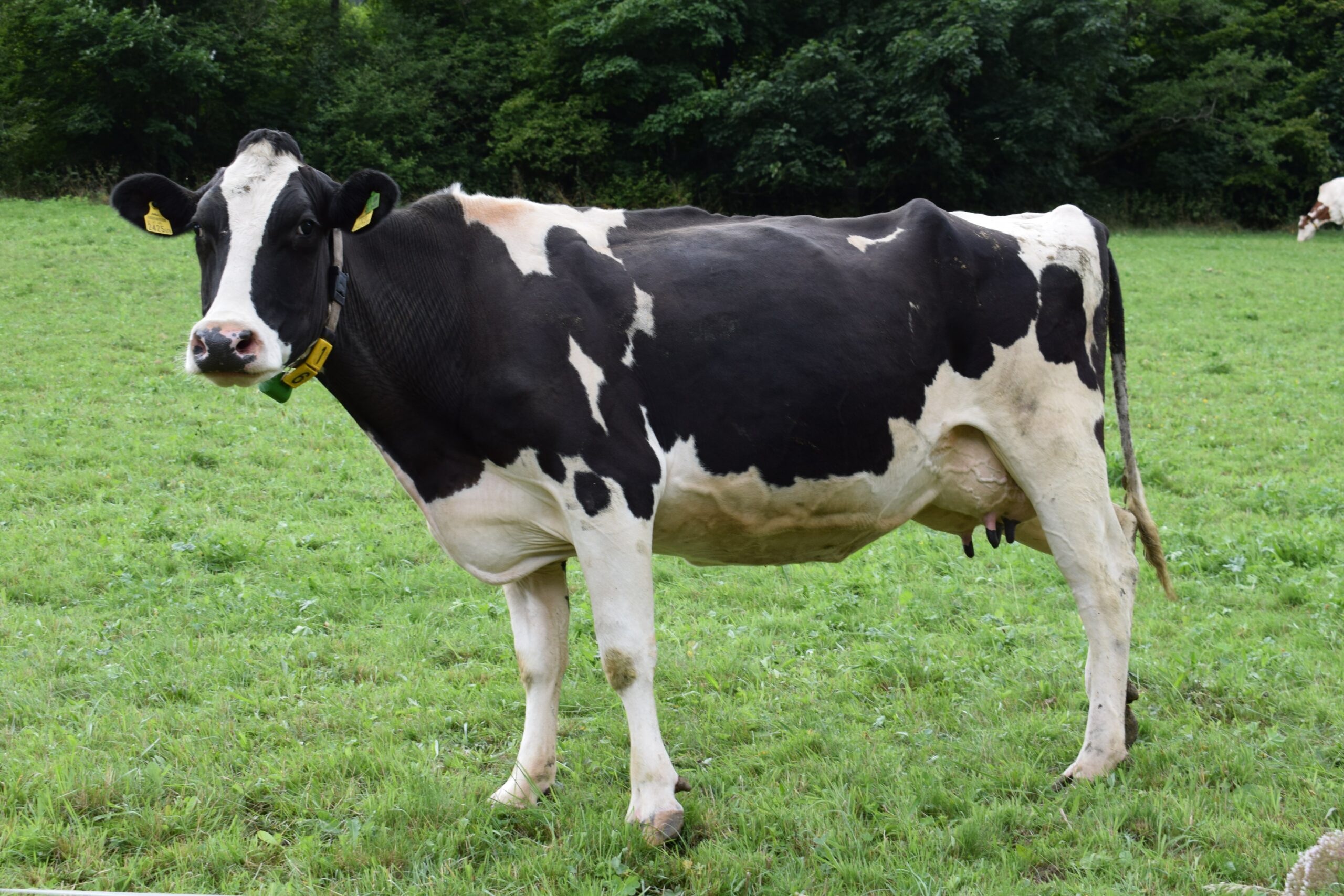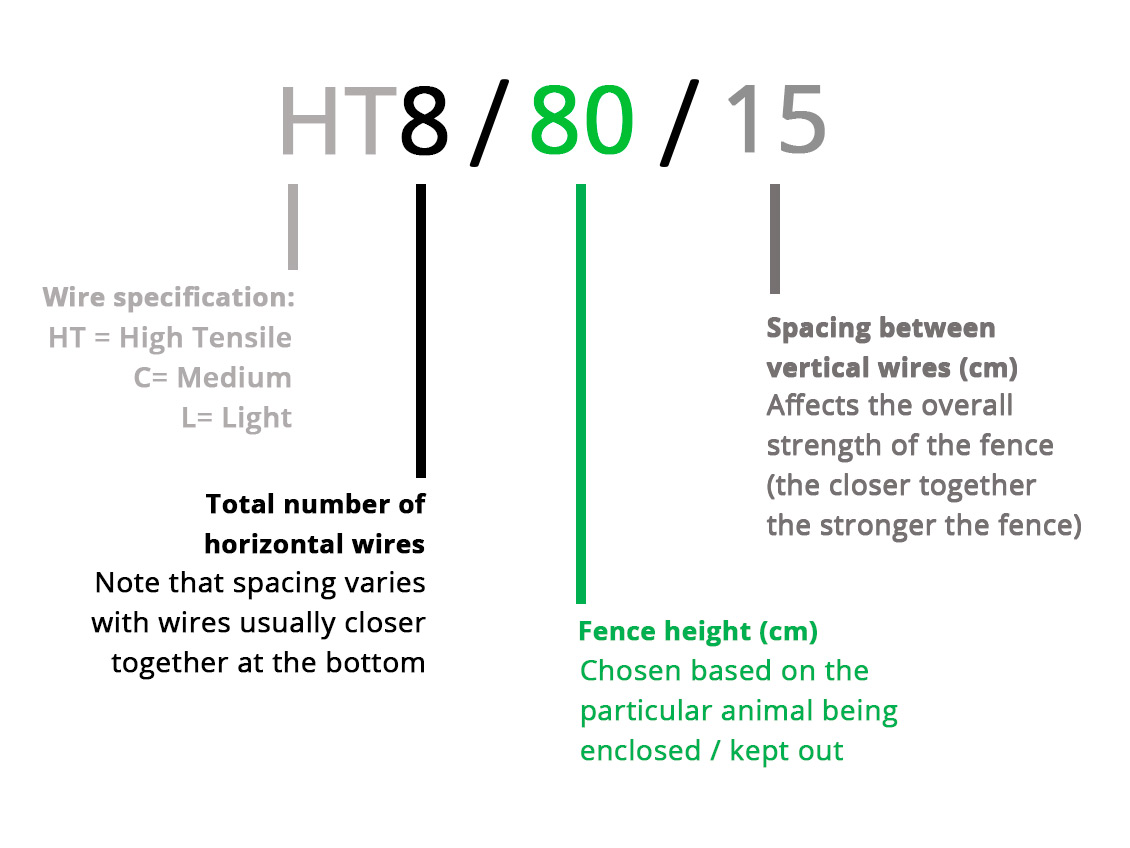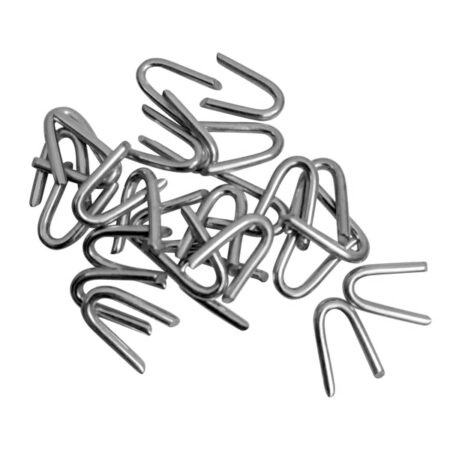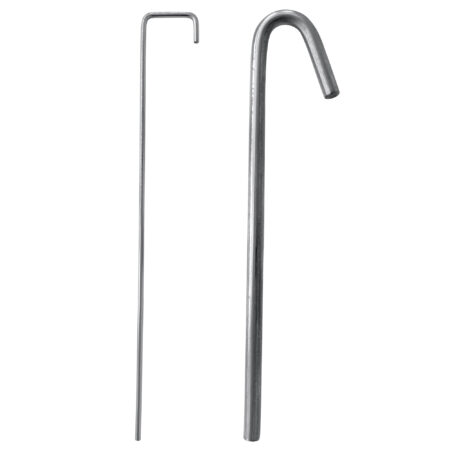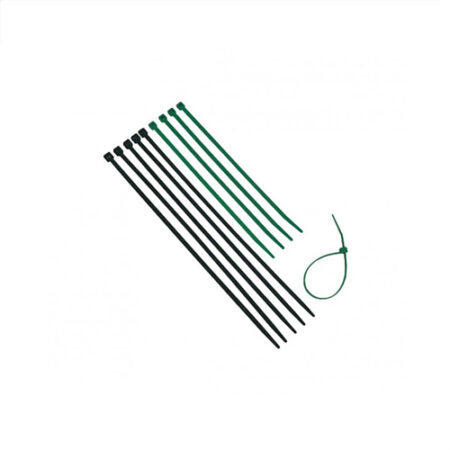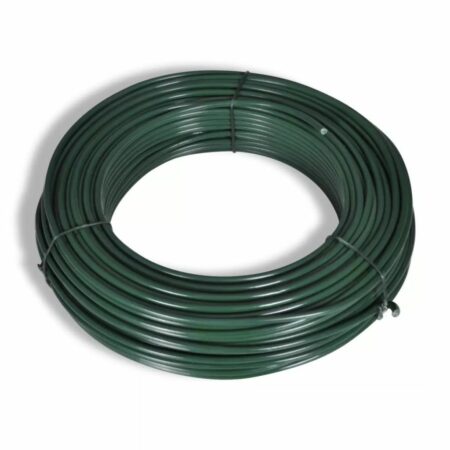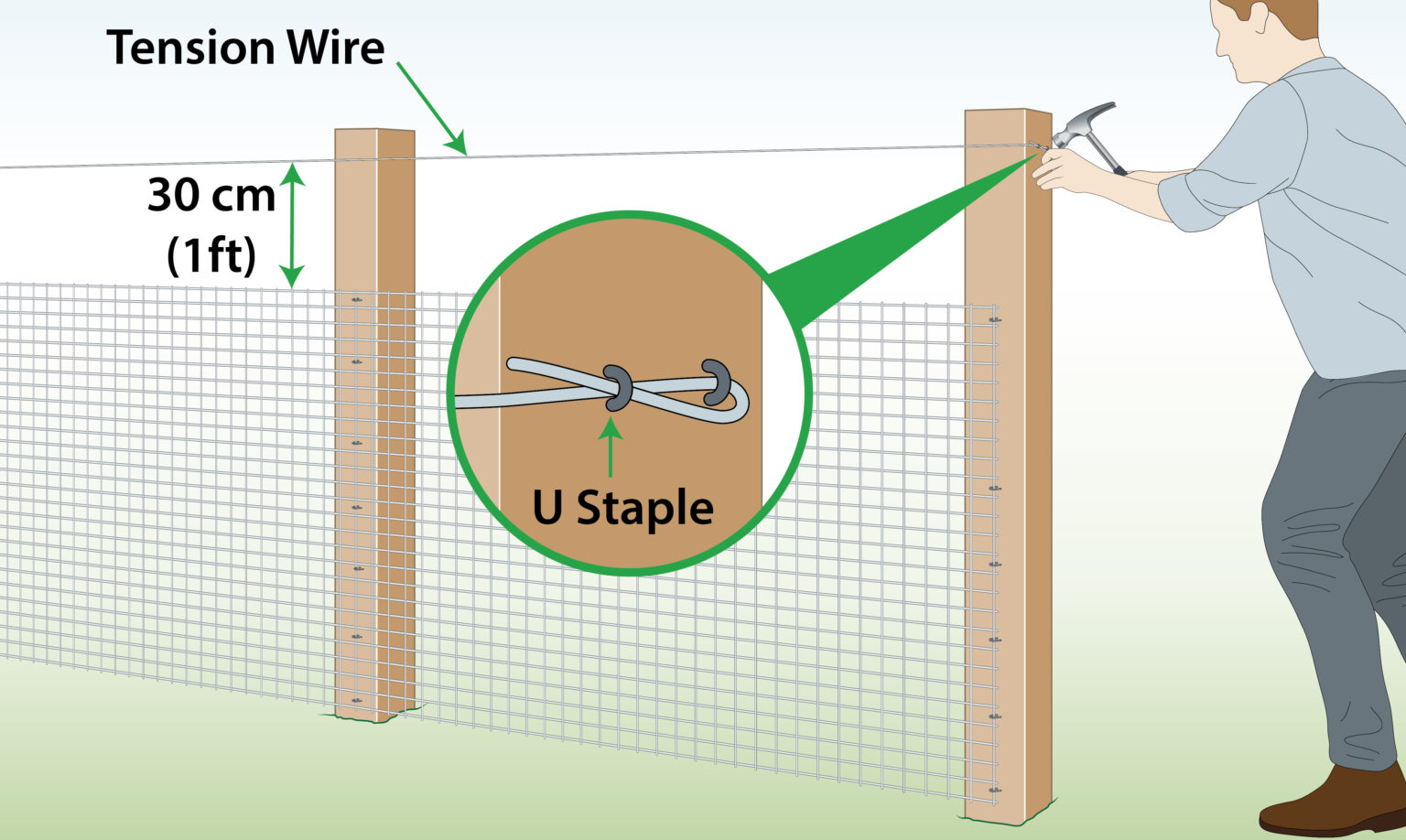Stock Fencing
Stock wire fencing available in mild steel and high tensile options. An effective, economical method of separating and protecting livestock, dividing fields and creating boundaries.
- Manufactured in Europe, conforms to BS EN standards

Helpful Stock Fencing Information
Customer Images
Mild Steel
| Attributes | Choose from: |
|
|
High Tensile
| Attributes | Choose from: |
|
|
Applications
| Animal | Min Height required | Mild Steel
(L Grade) |
Mild Steel
(C Grade) |
High Tensile | Add Electrical Wire |
| Cattle | 90cm | ||||
| Bull | 1.8m | ||||
| Pig | 75cm | ||||
| Sheep | 1m | ||||
| Goat | 1.2m | ||||
| Llama | 1.2m | ||||
| Alpaca | 1.2m | ||||
| Horse | 1.4m | ||||
| Deer | 1.5m | ||||
| Large animals to lean against | Any | ||||
| General field boundary | Any | ||||
| Dog | See dog fencing for more information | ||||
| Chickens | See poultry fencing for more information | ||||
| Fox | See fox proof fencing | ||||
| Badger | See Badger proof fencing | ||||
| Rabbits | See Rabbit proof fencing | ||||
Wire Specification Comparison
| Mild Steel
(L Grade) |
Mild Steel
(C Grade) |
High Tensile | High Tensile PVC Coated | |
| General | ||||
| Cost | £ | ££ | £££ | £££ |
| Made in | EU | EU | EU | EU |
| Conforms to British Manufacturing standards |
BS EN 10223-5:2012 BS EN 10244-2:2009 BS EN 10218-2:2012 BS EN 1179:2003 |
BS EN 10218-2:2012 BS EN 10223-5:2012 BS EN 10244-2:2009 |
||
| Strongest | ||||
| Flexibility | Most flexible | Good flexibility | Low flexibility | Low flexibility |
| Delivered as | As a roll. If the roll exceeds 33kg it will be delivered on a pallet | |||
| Increase height | Add Barbed Wire or Tension Wire (view instructions) | |||
| Strength & Environment | ||||
| Corrosion resistance | Good | Very good | Very good | Excellent |
| Abrasion resistance | Good | Very good | Very good | Very good |
| Tensile strength range | 695-850 N/mm2 | 695-850 N/mm2 | 1235-1390 N/mm2 | 1235-1390 N/mm2 |
| Best if heavy livestock lean against fence | ||||
| Best if fence has multiple turns | ||||
| Suited to animals | See application list above | |||
| Installation | ||||
| Recommended post spacing | 2m | 2m-3m | 3m-5m | 3m-5m |
| Can be installed with wooden posts | Yes, the most common option. Attach with Staples and Tension Wire. | |||
| Can be installed with metal posts | Yes, less common but can be installed with T-Posts | |||
| Speed of installation | Due to the product weight and tensioning required it takes longer than panels or wire mesh but it is also cheaper | |||
| Qty of people required to instal | One experienced person or two people new to stock fence | |||
| Handle with protective gloves | ||||
Mesh Configuration
FAQs
How do I cut stock fence?
With wire cutting pliers or bolt cutters to ensure a smooth cut.
What can I cover the edges with?
Sharp edges should be folded up and under the bottom edge of a stock fence, allowing grass to grow up from beneath. Alternatively, you can cover the bottom edge with timber boards.
When installing agricultural fencing, how far apart should the posts be positioned?
In most cases, 2-3 metres apart.

